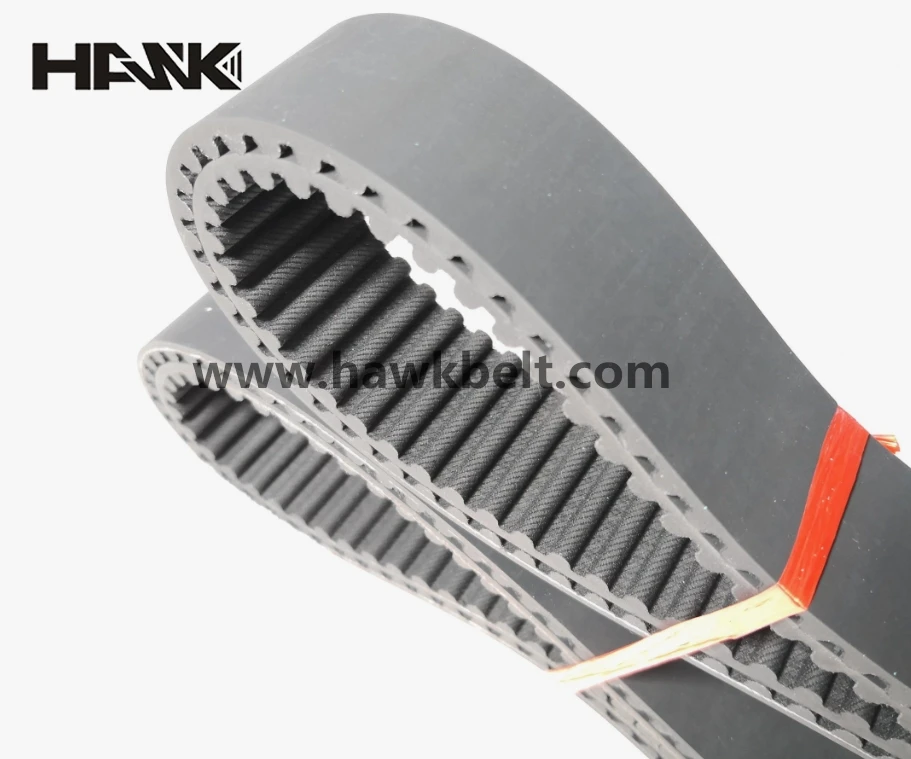- Arabic
- French
- Russian
- Spanish
- Portuguese
- Turkish
- Armenian
- English
- Albanian
- Amharic
- Azerbaijani
- Basque
- Belarusian
- Bengali
- Bosnian
- Bulgarian
- Catalan
- Cebuano
- Corsican
- Croatian
- Czech
- Danish
- Dutch
- Afrikaans
- Esperanto
- Estonian
- Finnish
- Frisian
- Galician
- Georgian
- German
- Greek
- Gujarati
- Haitian Creole
- hausa
- hawaiian
- Hebrew
- Hindi
- Miao
- Hungarian
- Icelandic
- igbo
- Indonesian
- irish
- Italian
- Japanese
- Javanese
- Kannada
- kazakh
- Khmer
- Rwandese
- Korean
- Kurdish
- Kyrgyz
- Lao
- Latin
- Latvian
- Lithuanian
- Luxembourgish
- Macedonian
- Malgashi
- Malay
- Malayalam
- Maltese
- Maori
- Marathi
- Mongolian
- Myanmar
- Nepali
- Norwegian
- Norwegian
- Occitan
- Pashto
- Persian
- Polish
- Punjabi
- Romanian
- Samoan
- Scottish Gaelic
- Serbian
- Sesotho
- Shona
- Sindhi
- Sinhala
- Slovak
- Slovenian
- Somali
- Sundanese
- Swahili
- Swedish
- Tagalog
- Tajik
- Tamil
- Tatar
- Telugu
- Thai
- Turkmen
- Ukrainian
- Urdu
- Uighur
- Uzbek
- Vietnamese
- Welsh
- Bantu
- Yiddish
- Yoruba
- Zulu
Նյմ . 04, 2024 10:09 Back to list
synchronous timing belt
Understanding Synchronous Timing Belts
Synchronous timing belts are critical components in various mechanical systems, particularly in automotive and industrial applications. These belts are designed to transfer power and synchronize the rotational motions of shafts while maintaining precise timing. Unlike traditional V-belts, synchronous timing belts operate on the principle of positive engagement, which means they do not slip. This feature ensures that the driven components maintain their alignment, making synchronous belts ideal for applications requiring high precision.
One of the primary advantages of synchronous timing belts is their durability. Made from high-strength materials like reinforced rubber or polyurethane, these belts are engineered to withstand heavy loads and resist wear, making them suitable for long-term use. Additionally, they are often designed with teeth that interlock with pulleys, reducing the chance of slippage and ensuring that the belt stays aligned under varying load conditions.
In automotive applications, synchronous timing belts are integral to the functioning of engine systems. They connect the crankshaft to the camshaft, ensuring that the opening and closing of the engine valves occur at the correct times in relation to the position of the pistons. This precise timing is crucial for efficient engine performance and preventing potential catastrophic engine failures.
synchronous timing belt

In industrial settings, synchronous timing belts are commonly used in automation and conveyor systems. Their ability to provide accurate and consistent motion makes them ideal for applications such as packaging, material handling, and assembly lines. By ensuring that machinery operates smoothly and efficiently, synchronous timing belts help improve overall productivity and reduce the risk of mechanical failures.
Proper maintenance is essential for the longevity of synchronous timing belts. Regular inspections for wear, proper tension, and alignment can prevent premature failure. It's also important to replace them according to the manufacturer's recommendations, as a worn or damaged belt can lead to significant operational issues.
In conclusion, synchronous timing belts play a pivotal role in ensuring the reliability and efficiency of numerous mechanical systems. Their ability to provide flawless power transmission, coupled with their durability and precision, makes them indispensable in both automotive and industrial applications. Understanding their function and importance can help users make informed decisions regarding maintenance and replacement, ultimately leading to enhanced performance and longevity of the systems they serve.
-
High-Performance Serpentine Belt for Car Engines – Durable & Reliable
NewsJul.23,2025
-
High Efficiency V Belt Drive with Double & Toothed Options for Industry
NewsJul.22,2025
-
Affordable Fan Belt Cost - Compare Prices & Save | Auto Parts Deals
NewsJul.22,2025
-
China Factory 6PK1130 EPDM Rubber Engine Conveyor Belt Supplier
NewsJul.21,2025
-
Korean Auto Parts Timing Belt 24312-37500 For Hyundai/Kia
NewsMar.07,2025
-
7PK2300 90916-T2024 RIBBED BELT POLY V BELT PK BELT
NewsMar.07,2025

